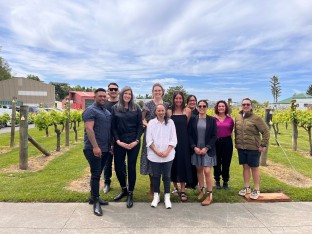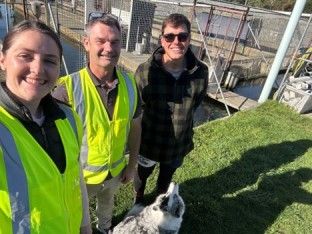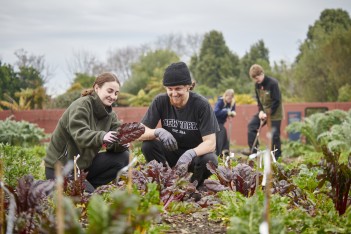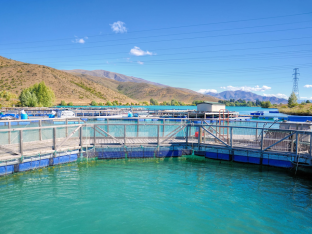
Attraction and RetentionNon-Formal LearningPathwaysSkillsTirohanga Māori

Labour Market

Environmental ImpactsPathwaysQualificationsSkills

Attraction and RetentionDiversity and InclusionLabour MarketResearchSkills

PathwaysQualificationsSkills

Attraction and RetentionLabour MarketQualificationsResearch

Tirohanga Māori

Diversity and InclusionProvision of LearningSkillsTirohanga Māori

Labour Market

Environmental ImpactsLabour MarketResearchSkillsTirohanga Māori

